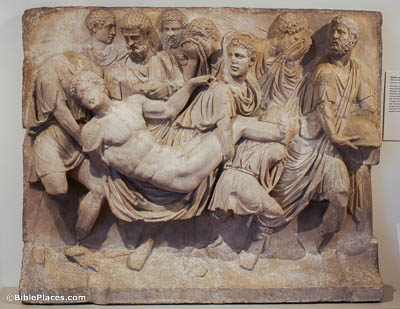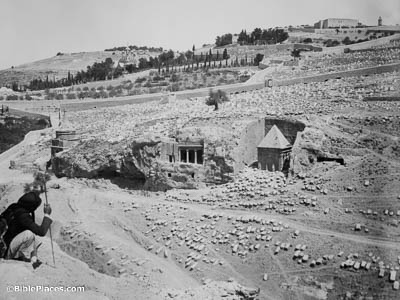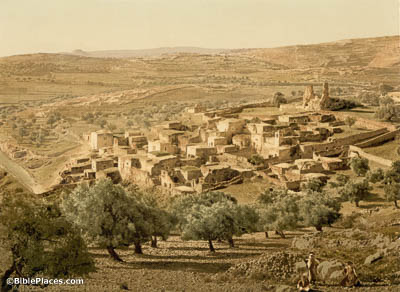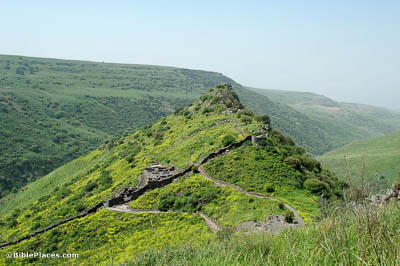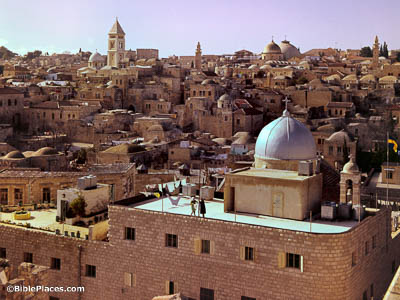The young men arose and wrapped him up, and they carried him out and buried him (Acts 5:6).
Here, a group of mourners is depicted carrying the body of a deceased man. The scene comes from a marble sarcophagus made in the middle of the 2nd century AD. It serves to demonstrate something of the “great fear” provoked by the deaths of Ananias and Sapphira.
